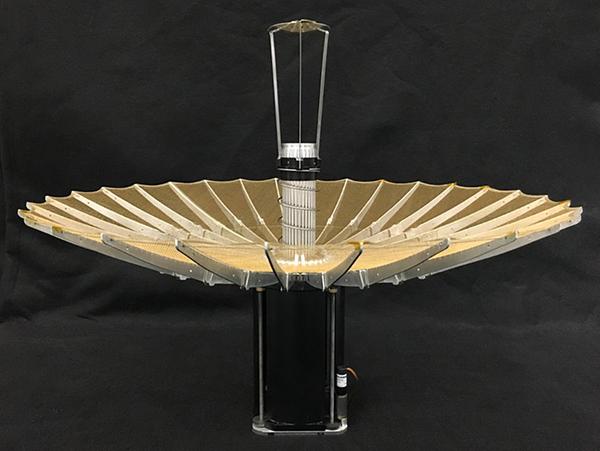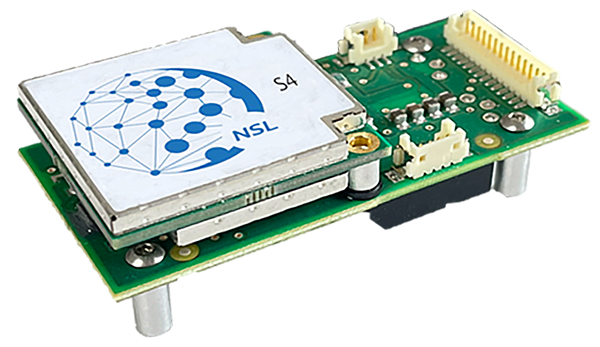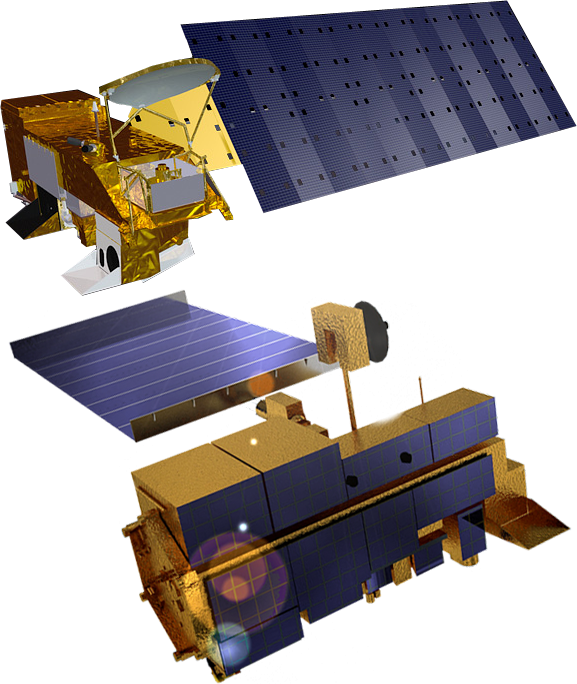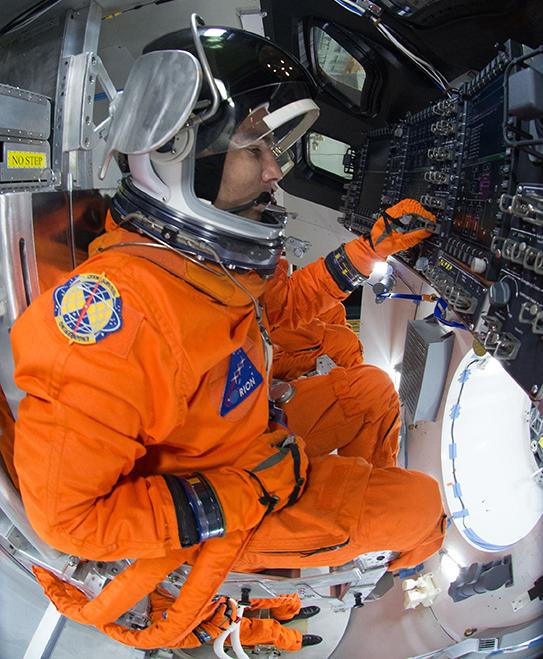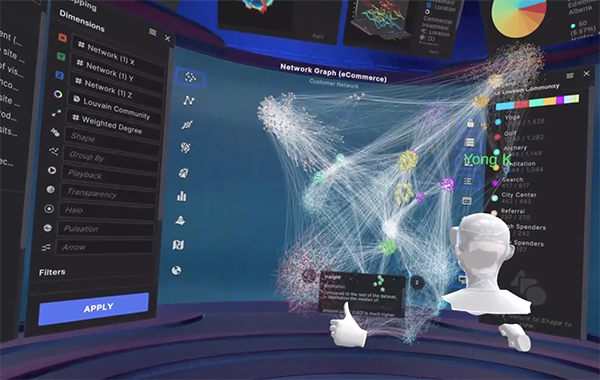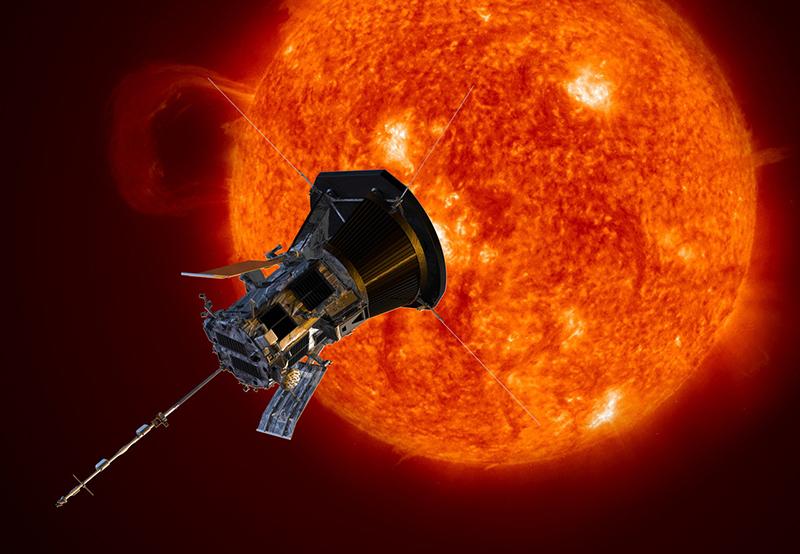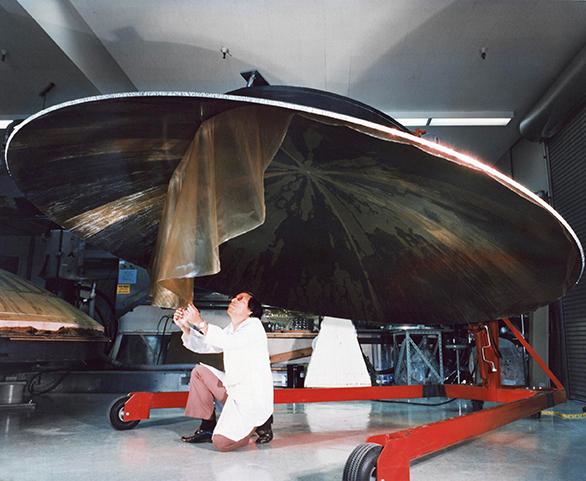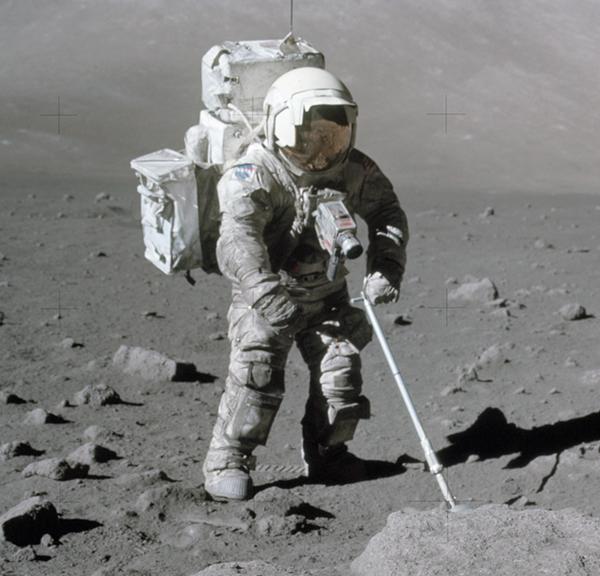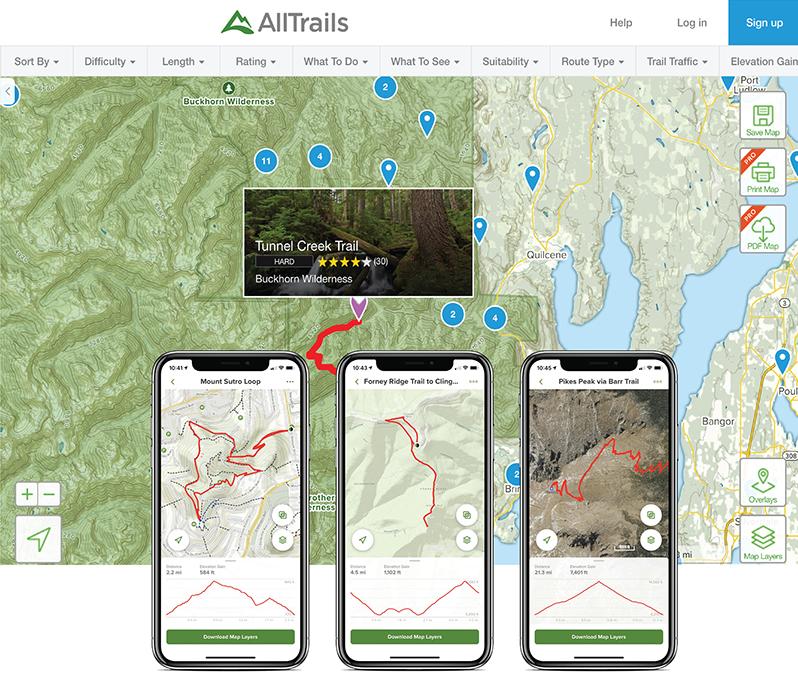A Search Engine That’s Aware of Your Needs
Originating Technology/NASA Contribution
Internet research can be compared to trying to drink from a firehose. Such a wealth of information is available that even the simplest inquiry can sometimes generate tens of thousands of leads, more information than most people can handle, and more burdensome than most can endure.
Like everyone else, NASA scientists rely on the Internet as a primary search tool. Unlike the average user, though, NASA scientists perform some pretty sophisticated, involved research. To help manage the Internet and to allow researchers at NASA to gain better, more efficient access to the wealth of information, the Agency needed a search tool that was more refined and intelligent than the typical search engine.
Partnership
NASA funded Stottler Henke, Inc., of San Mateo, California, a cutting-edge software company, with a Small Business Innovation Research (SBIR) contract to develop the Aware software for searching through the vast stores of knowledge quickly and efficiently. The partnership was through NASA’s Ames Research Center.
Product Outcome
Stottler Henke’s Aware software helps researchers deal with the mass of information that comes from tapping into the Internet. With user-focused search technologies, it weeds through throngs of documents and produces personalized, focused results. By providing researchers with tools that augment their decision-making abilities, Aware allows them to quickly access and digest the wide range of information pertinent to their tasks.
Currently, Internet users have at least four ways of accessing information they need. First, people can query any one of a number of search engines, such as AltaVista. Second, users can search through existing categories in hand-built indexes, such as Yahoo! or Lycos. Third, users can explore the Web by browsing (following hyperlinks that seem interesting to them). Finally, users can provide a profile of their interests to an “information push” system and hope relevant new information will be forwarded to them when it becomes available. Despite this range of possibilities, information access remains extremely tiresome and difficult, and offers users only limited glimpses into the breadth of relevant available information.
The Aware software allows the user to control and define how the search is performed. It learns preferences and cuts tedious, time-consuming steps out of the research process. It also assists users in searching online information sources by pursuing search paths that the user did not necessarily recognize or is unable to pursue due to time or skill limitations. So, while it weeds out extraneous documents that the user would eliminate on his own—a time- consuming, frustrating process akin to navigating rush hour on the “information superhighway”—it also manages to spot sources that the user might pass over, like an excellent roadside diner that the “driver” might otherwise speed by.
The Aware software loads onto any Microsoft Windows personal computer, and the program can be run from the desktop icon or from the Start menu. It is simple to get started, as the program is set up like a typical search engine, with a text field for the searcher to enter keywords. Similarly, search results display as they would with a conventional search engine.
The user, however, can rate the types of results with a plus or minus button, a feature not found in other search engines. The software stores this information and uses it in future searches. The user also has the option of choosing to ignore a specific result or type of result. This cuts down on unwanted results being duplicated.
After checking the results of a search and categorizing them according to preference, the user can continue searching—only this time with an added advantage: the search engine remembers the preferences and tailors the search. The next set of results is targeted to the user’s topic and filtered to avoid duplicates. The software will save these search parameters, so that subsequent searches will benefit from the previous queries.
Research can get more specific and focused over the course of time, all the while streamlining and controlling redundancies. The search and its parameters can be saved and the user can come back time and again. The user also has the option of creating different searches, with different levels of restrictions and filters, and with different keywords. One user can create several different types of targeted search tools.
Aware saves all searched keywords, catalogs the results collections, and learns which type of documents best suits the research goals; then it expands and filters new searches based on past search preferences. The software does all of this for the user with a minimum of input.
If the user does want to become more involved, though, he can access a terms list—created by the software, based on previous searches—to adjust the weight given to each term. With a sliding scale, the user can drag a pointer to indicate the importance one search term should be given over another. This is not the only way to refine the search. Users of Aware can change and modify search properties by choosing which sources to either highlight or ignore, by selecting the number of queries, and by setting the number of results displayed. Users can even select how many results Aware should analyze on every search.
This software is not restricted, however, to excluding search items. If the user finds something that does not fit the current search but that looks interesting, he can save search results that are off topic in a different file to pursue later. The software has yet another added feature: the ability to let multiple users access a specific search.
Aware, originally a NASA project designed to help its scientists perform better searches of the Internet, is making the “information superhighway” more navigable for researchers everywhere.
Aware™ is a trademark of Stottler Henke, Inc.
Yahoo!® is a registered trademark of Yahoo! Inc.
Lycos® is a registered trademark of Carnegie Mellon University.
Microsoft® and Windows® are registered trademarks of
Microsoft Corporation.
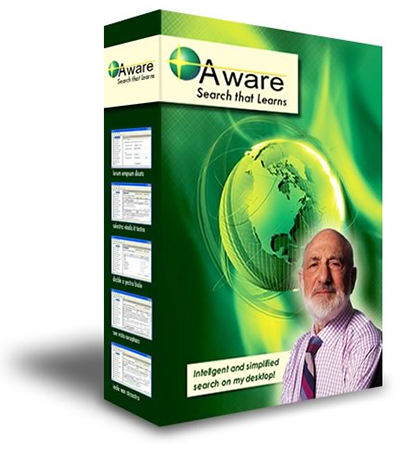
Aware, originally a NASA project designed to help its scientists perform better searches of the Internet, is making the “information superhighway” more navigable for researchers everywhere.

The software loads onto any Microsoft Windows personal computer and begins “learning” after its first search.




